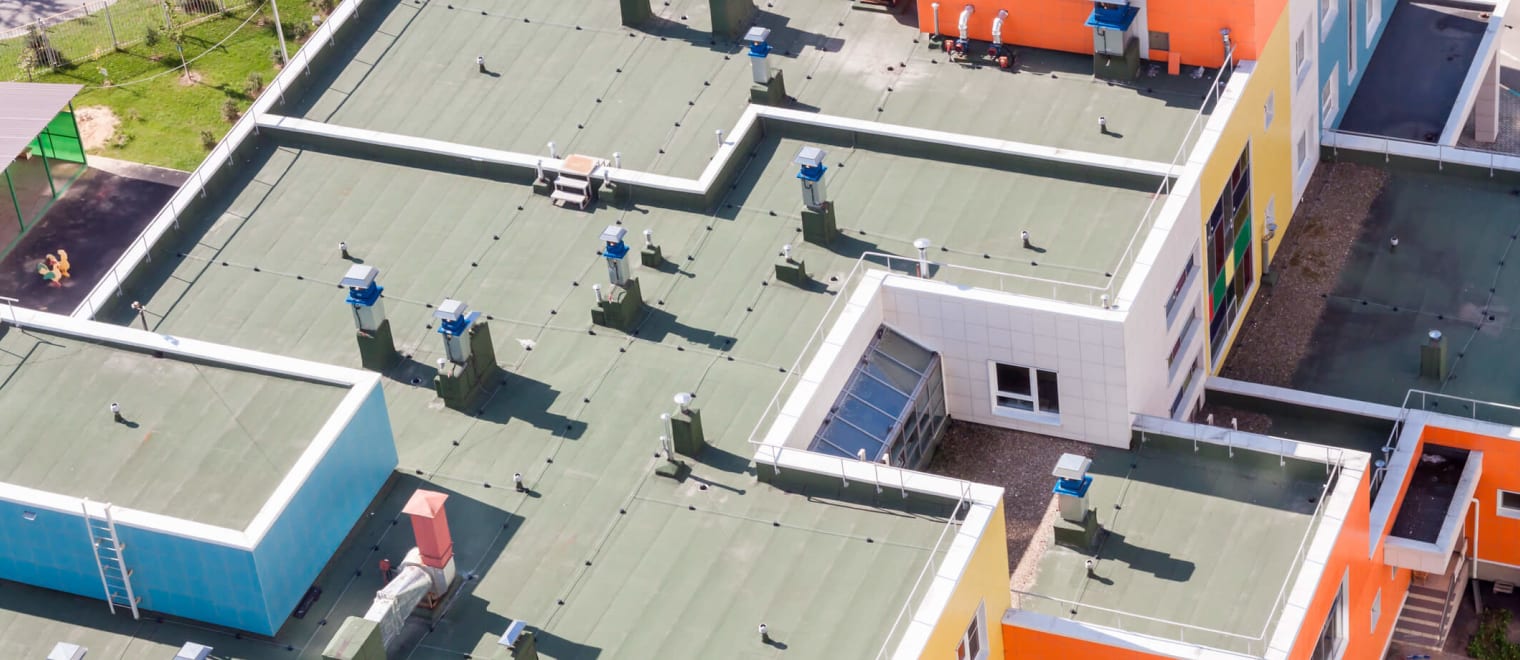This informal CPD article, ‘Specifying Roof Access Hatches and Ladders: The Key Considerations, was provided by Marcus Parnham, Commercial Director at Bilco UK, leading manufacturers and suppliers of Roof Access Hatches, CE marked Natural Smoke Ventilators, Floor Doors, Fixed Vertical and Retractable Ladders.
When considering roof access for commercial and residential projects, safety is clearly paramount but this has to be thought about holistically, hand in hand with performance and efficiency. As with most elements of the construction process, there is no one single solution.
In this article, we will discuss how specifying the correct roof access hatch in conjunction with the correct ladder type will ensure the installation’s suitability and compliance for the entire lifecycle of the building, whilst ensuring the safety of contractors when using the equipment.
Consider Your Access Requirements
To ensure you are specifying the correct system, you must first identify the reason for needing access to the roof. Roof access hatches are required to provide permanent and secure access to the roof area for a diverse range of applications and building types, two of the most common are for maintenance or the installation and removal of equipment from the roof.
You will also need to consider what tools and equipment will need to be transferred through the access hatch, or whether it will just be the individual that is conducting the necessary work. Getting an understanding of these requirements is the first step towards the correct specification.
Consider The Right Products For Your Requirements
Once you have established your reason for requiring safe access to the roof, you will then be able to make an informed choice regarding which roof access hatch and corresponding ladder system is best suited to meet the needs of your project.
Ladders and Space
The first considerations when specifying a ladder to gain roof access is where the ladder will be mounted. Is the area spacious or is it awkward and cramped? The space will influence the ladder your requirement.
For a small roof access hatch that has internal dimensions of 915mm x 915mm, a fixed vertical ladder should be chosen. This type of ladder is also the most suitable option for projects where space is limited. In this instance, a retractable ladder would not be recommended, as the ladder angle would hinder easy access as an individual moved up the ladder and closer to the hatch.














